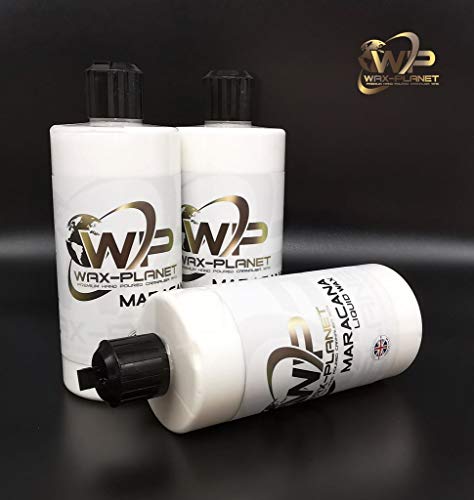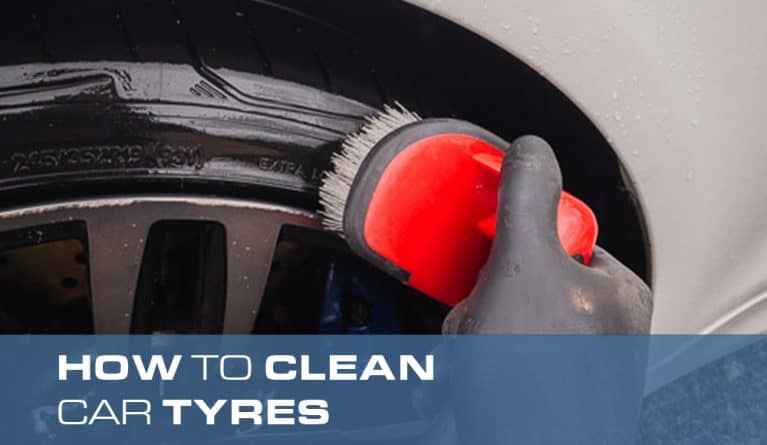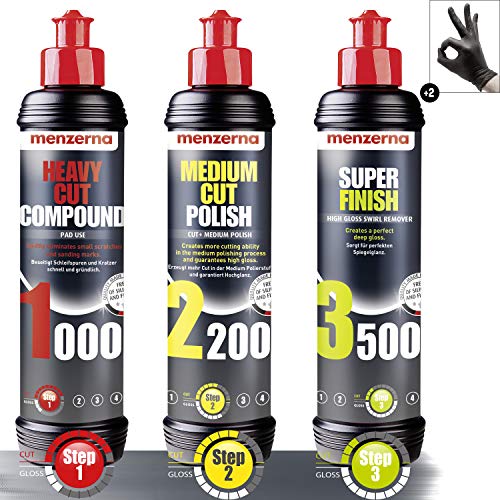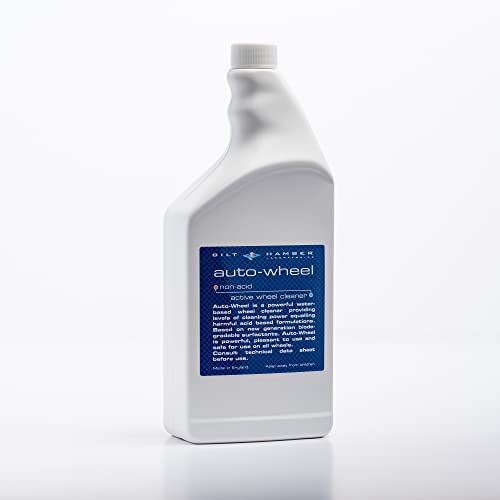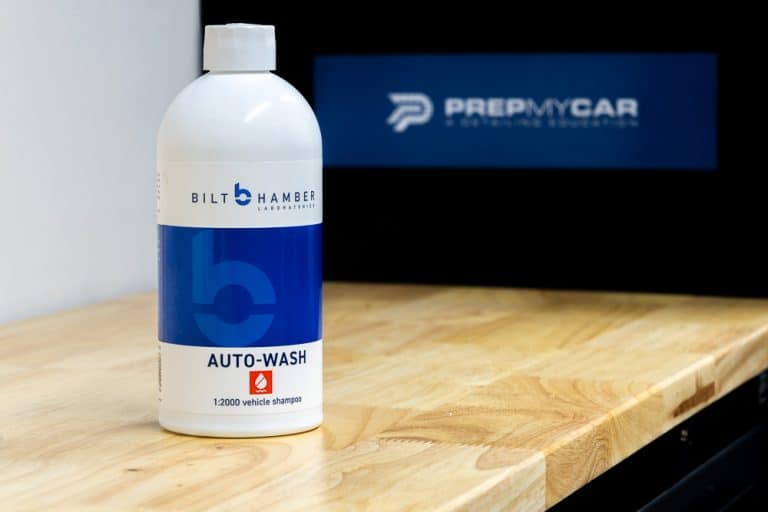Carnauba Wax – Everything You Need to Know
There’s a lot of hype about carnauba wax. Some say it’s the best wax for paint, while others prefer the lasting protection of synthetic waxes. But one thing is for sure: in terms of gloss, protection, and depth of colour, you simply can’t go wrong with a high-quality carnauba-based wax.
In my honest opinion, carnauba is still the best wax for car paint. Carnauba-based waxes are easy to apply, dries quicker, buffs to a deep a shine, and usually smells amazing. Speaking of which, did you know that sweets, cosmetic products, and medicine tablets/pills contain carnauba wax?
It’s hard to believe the most popular active ingredient in car wax is also utilised in the production of confectioneries, personal care products, and pharmaceutical-grade medicine. But what exactly is carnauba wax? Where does it come from? Here is everything you need to know about carnauba wax.
What is Carnauba Wax?
Carnauba wax is the hardest natural wax in the face of the Earth. It is also called palm wax or Brazil wax, which is derived from the leaves of the Brazilian carnauba tree (also called the ‘tree of life’).
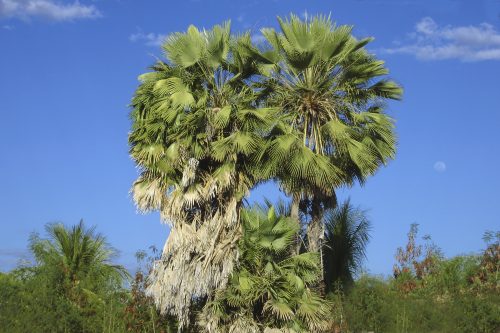
The scientific name of the Brazilian carnauba tree is Copernicia Cerifera. The tree can reach a height of 45-feet or 15-meters and has a large, dense crown of light green leaves.
But there’s a catch: only the carnauba trees in northeastern Brazil can produce wax. There were attempts to produce carnauba wax by planting the trees in other arid places such as Africa and Sri Lanka. Farmers also cultivated the plant in other parts of South America.
However, only the trees grown in northern Brazil are able to produce the highest-grade Yellow #1 carnauba, which is the preferred choice in most automotive applications. It is there that the trees secrete a coat of carnauba wax to protect the upper and lower leaf surfaces from loss of moisture during the regular dry seasons.
Farmers will harvest and cut the leaves from the month of September to March. The leaves will be left in the sun to dry before they are beaten to collect the powdery wax. The wax is melted, strained, and cooled to produce the final product. Depending on the quality of the processing and the age of the leaves, the wax will have a yellow or brownish colour.
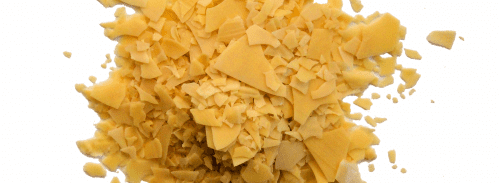
At this point, the carnauba wax will be as hard as concrete. Manufacturers will have to blend pure carnauba wax with petroleum distillates, solvents, and other essential oils or waxes to produce a workable consistency. This is the carnauba wax sold at your favourite auto parts store.
What makes carnauba special?
Besides being a naturally derived organic substance, carnauba wax contains a high content of methoxycinnamic acid and diesters. The former is a popular UV-B screening compound utilized in the manufacture of cosmetic formulations and sunscreen products. The latter is known for its lubricity, oxidation resistance, and high thermal stability.
Based on the above given facts, carnauba wax is special because:
- It has a high melting point at 185-degrees F or 85-degrees C.
- It protects the surface from harmful and damaging UV rays.
- It is completely insoluble in water and ethanol, hence provides excellent water-beading, waterproofing, and protection against environmental or industrial contaminants.
- It is non-toxic, hypoallergenic, and has excellent emollient properties.
- It can be polished to produce a mirror-like gloss.
Car waxes formulated with the highest-grade yellow carnauba wax will protect the paint from intense UV exposure, oxidation, moisture, and intense heat. Best of all, carnauba wax will give the paint a sleek, glossy, and intense shine.
How much carnauba is in the average car wax?
Good question. Carnauba wax by nature is as hard as concrete in its purest and most natural form. Solvents and petroleum distillates are utilized to soften up the wax, hence making it easy to dispense and apply to the surface.
As a rule of thumb, car wax must contain no more than 1/3 or around 28% of carnauba wax by wet volume. Adding a larger percentage of carnauba wax (and a smaller percentage of solvents) will result in a harder consistency, which in turn will make it almost impossible to apply to paint. This will also result in a more expensive product.
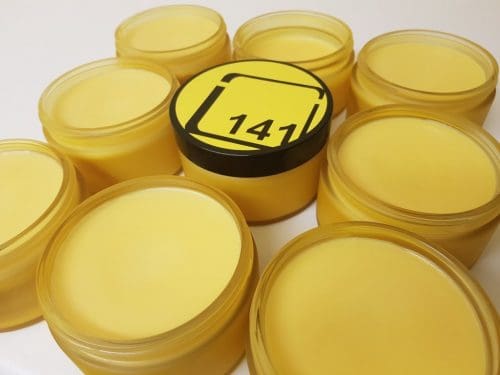
But what about waxes that claim to contain 100% pure carnauba wax?
This is all just a marketing ploy. Calling it false advertisement might be pushing it, but it all depends on your perception. If you’re thinking the product contains nothing more than 100% pure carnauba wax, go back and read the first paragraph in this section.
For all intents and purposes, the term “100% pure carnauba wax” is probably referring to the purity of the carnauba utilised in the wax. It does not refer to the entire product in the actual bottle.
This can also mean the wax only contains carnauba (and the required solvents) and nothing else. Other carnauba waxes are blended with other essential oils such as beeswax.
Is carnauba wax better than synthetic waxes and sealants?
Not necessarily. In fact, carnauba has an edge in terms of shine and depth of colour. In my many years of auto detailing (considering the fact I worked on vehicles of all sizes, shapes, and colours) nothing comes close to the warmth and depth of a slick carnauba shine, particularly on dark paint.
Synthetic or polymer-based waxes and sealants have their own enduring features. Synthetics are easier to apply and are arguably more durable than carnauba wax. How durable? Some products claim to last for six to twelve months whereas carnauba can last anywhere from six to eight weeks on average.
But you can have the best of both worlds if you don’t mind the added cost and elbow grease. I know some people who apply polymer sealants on the paint before topping it off with pure carnauba wax. I guess this is a case of different strokes for different folks!
And since I’m the type of person who enjoys waxing my ride every month or so, I don’t mind not having the year-round protection of a ceramic or polymer sealant. But that’s just me.
Which is better: paste, liquid, or spray carnauba wax?
Again, this all boils down to preference. Paste wax is my preferred choice because it tends to create a better and stronger layer of protection for the paint. However, paste wax is harder to apply by hand and can be messy if applied by machine.
On the other hand, liquid wax is easier to dispense. It still provides excellent protection against moisture and UV exposure, but it doesn’t last as long as paste wax.
Spray wax is the easiest to use. In most cases, the procedure is nothing more than to spray the wax and wipe off with a microfiber towel. But the ease of use comes with a single drawback. The protection offered by spray wax will only last a short time. This is the reason why spray waxes or quick detailers are only good when used in between waxing and polishing.
Still having trouble choosing? If your goal is to bring out the deepest gloss in your car’s paint, stick to paste wax especially if you choose to apply the wax by hand. But if you’re using a machine, try using liquid wax to achieve the same great results.
Spray wax should be a supplementary product. Use it after washing your vehicle to further protect the surface while enhancing the shine of the previously applied wax.
How to Apply Carnauba Wax
Applying carnauba wax to paint is no different from applying lotion to your skin. But before you proceed, remember that waxing is the last step in the detailing process. Waxing will not remove scratches, swirl marks, oxidation, and stains. If the paint needs work, you’ll need to compound or polish then paint before applying a layer of carnauba wax.
For a more detailed guide, check out my How To Wax a Car article.
Step 1
Wash the vehicle thoroughly using the best car shampoo. Rinse well and wipe dry with a thick or medium-pile microfibre towel.
At this point, you should take the time to inspect the condition of the paint. If the surface feels rough, use a clay bar to remove dirt and contaminants from the paint. Are there scratches, swirls, tree sap, bird poo residue, and haze? The paint will need to be compounded and polished prior to waxing.
Remember that achieving the desired results will all depend on the amount of prep-work performed on the paint. You can’t just wax and expect to see magical results. Pure carnauba wax is non-abrasive and will NOT remove paint imperfections.
Step 2
Apply the wax by hand or machine. If applying by hand, pour or dispense a small amount of wax on an applicator pad. Rub the pad gently on the paint using small circular motions. Always start waxing the topmost portions of the vehicles before working your way downwards.
If waxing by machine, saturate the pad with wax before working on the paint. Set the DA polisher in a low or medium speed setting and work your way slowly one section at a time.
Whether applying by hand or machine, the important thing to remember is to allow the wax to dry to a haze. This can take anywhere from five to fifteen minutes depending on prevailing weather conditions.
It is also important to remember that applying multiple thin coats of wax is better than a single thick coat. This will not only help to achieve the deepest and glossiest shine, but it is also the most economical way to harness the power of the carnauba wax.
Step 3
Check to see if the wax is dry. In order to find out, do the swipe test. Run your dry finger on a waxed portion of the vehicle. If swiping the paint reveals a clear and glossy surface, the wax has cured appropriately and can be removed with a dry microfiber towel.
However, if the surface is smeared or streaky after wiping, give the wax a couple more minutes to dry.
Step 4
Remove the dry haze. Grab a fresh and clean microfiber towel and proceed to remove the haze. Start from the topmost portions of the vehicle before working your way downwards. Work on a single section at a time. Turn the towel over and give the paint a light buff.
Final thoughts
Carnauba is, without doubt, my go-to final stage protection. I’ve used it for years and it’s the product that I’ve been able to see the best results with.
There are dozens of waxes on the market to date, but if I had to choose the best car wax in the world (that I’ve tested) then it would have to be Swissvax Crystal Rock. It’s not cheap, but in terms of aesthetics, it doesn’t get any better than this.
If you’ve any questions about Carnauba Wax then please leave a comment below and I will get back to you ASAP.


